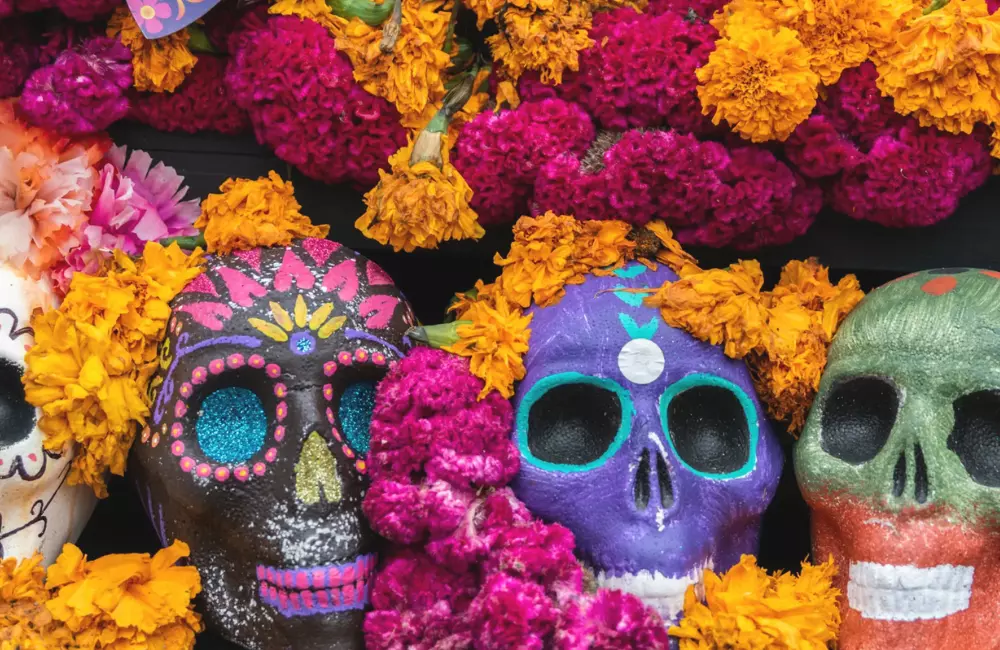
Every year in Oaxaca and all of Mexico, a beautiful tradition is carried out to commemorate and honor family, friends, and pets that have transcended.
It is at this time that the territory is dressed in orange and yellow colors, the reason? the unique Cempasuchil flower, which is the one that adorns the cemeteries and altars on the day of the death.
In addition to its colors, the scent that this flower possesses is enchanting because it makes us feel closer to our traditions.
The word comes from the Nahuatl “Cempohualxochitl” which means “twenty flowers” or “several flowers”, and it is a flower 100% native to Mexico. The leading states where its production takes place are Mexico City, Puebla (with 1,557 hectares), followed by Tlaxcala (118), Hidalgo (111), San Luis Potosí (79), Guerrero (69), Oaxaca (43), Morelos (32), Durango (18) and Sonora (two hectares).
In Mexico, there are an estimated 35 species of the flower, out of the 58 referred for America, and the objective is to “maintain the conservation of Mexican marigold species, the development of new varieties for floriculture and agroindustry, and promote its use in human food”.

What meaning does it have in the altar of the dead?
Our ancestors assimilated the yellow color of the marigold flower with the sun, which is why they used it in the offerings dedicated in honor of their dead. The tradition marks making paths with the cempasúchil flowers, from the main road to the altar of the house with the purpose of guiding the souls to the altars. The Mexica considered the flower as a symbol of life and death.
In addition to adorning the cemeteries and altars, today the cempasúchil flower is used to color textiles, make insecticides, and even as medicine. Our ancestors used it to lessen the discomfort of vomiting, indigestion, and diarrhea.
In Oaxaca, you can find different crops of this flower in the communities near the city such as Zimatlán de Álvarez, La Cienega, Nazareno Xoxocotlán, San Lorenzo Cacaotepec, and Mitla, among others. Be sure to visit Oaxaca during this season and be part of its traditions.








